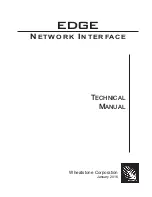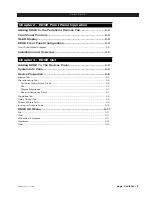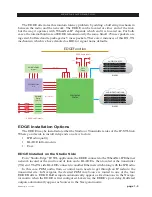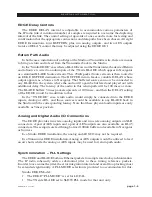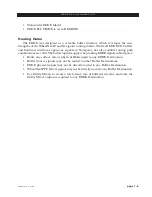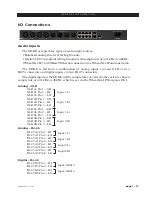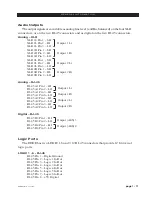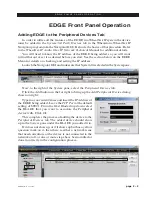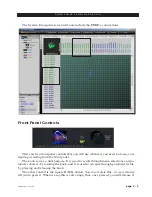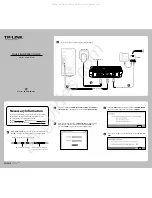
page 1 - 2
EDGE Network / Jan 2016
G E N E R A L I N F O R M A T I O N
General Information
Introduction
The Network Edge was created to support use of low cost IP radios for WheatNet‑IP
audio links. So why are some IP radios cheap and others very expensive? A full duplex
radio used historically for STL links has the ability to transmit data simultaneously in both
directions.Doingsorequiresthatthereceiveamplifiermusthaveverysignificantrejection
ofthetransmitterRF,andthataddscost.HalfduplexIPradioswhicharesignificantlylower
cost, handshake between the two ends to decide when each will burst transmit data while
the other must be in receive mode. This half duplex mechanism requires more complex
control,butsignificantlyreducestheRFTX/RXfrontendcost.
The half duplex scheme however creates a problem for the WheatNet‑IP system that is
based on the use of high speed Ethernet switches for moving small Ethernet packets with
minimal latency thru the network fabric. The BLADEs ingest the small .25msec packets
and only buffer a few of them before playing out the audio thereby limiting latency to less
than 1 msec. For real time production, the latency for mix‑minus feeds is critical to keep at
a minimum. The half duplexing rate of IP radios is on the order of several milliseconds. The
control scheme of radios will ingest and store many packets during one phase of duplexing.
Subsequently, this data is bursts across the link at a much higher rate and it buffered up on
theRXsideoflink.ThatdataisthenspurtoutaspacketsontotheEthernetnetworkonfar
side. The same operation is done from far side to near side but during opposite phase of
duplexing. The point here is that the IP radio creates an unpredictable dynamic latency to
packetsflowingacrossthelink.


